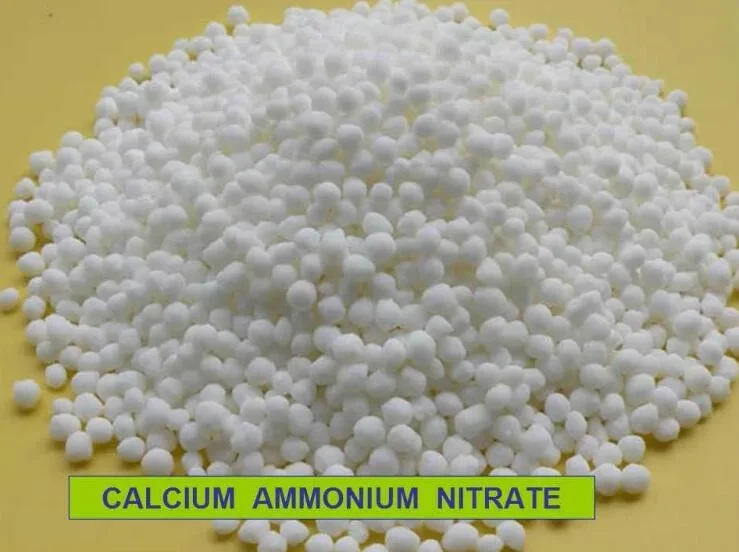



drinking water treatment chemicals
Understanding Drinking Water Treatment Chemicals
Access to clean and safe drinking water is a basic human right, yet it remains a global challenge in many regions. The treatment of drinking water is essential to remove contaminants and ensure that it meets health and safety standards. Various chemicals are employed during this process, each serving a specific purpose to enhance water quality and safety. In this article, we will explore the key chemicals used in drinking water treatment and the roles they play.
1. Coagulants
One of the first steps in the drinking water treatment process is coagulation, where chemicals are added to facilitate the removal of suspended particles and impurities. The most commonly used coagulant is aluminum sulfate, often referred to as alum. When alum dissolves in water, it forms positively charged ions that attract negatively charged particles, clumping them together in a process called flocculation. This allows for easier removal of impurities during subsequent filtration processes.
Another coagulant is ferric sulfate, which can also bond with contaminants in water. Both alum and ferric sulfate are essential for producing clearer water by removing turbidity, which can harbor harmful microorganisms.
Once the water has been clarified, disinfection is the next crucial step. Disinfectants are chemicals that kill or inactivate pathogenic microorganisms, making the water safe for consumption. The most widely used disinfectant is chlorine, which has been a reliable method for decades. Chlorine not only destroys bacteria and viruses but also forms a residual effect, providing ongoing protection as the water moves through the distribution system.
Chloramines, which are formed by combining chlorine with ammonia, are another disinfectant used in some water treatment facilities. They are particularly valued for their longer-lasting residual effects, making them suitable for use in systems where water is stored for extended periods.
In recent years, alternatives like ozone and ultraviolet (UV) light have gained popularity. Ozone is a powerful oxidant that can kill pathogens effectively, while UV light disrupts the DNA of microorganisms, rendering them harmless. Both methods avoid the formation of potentially harmful by-products associated with chlorine disinfection but may require more advanced technology and infrastructure.
drinking water treatment chemicals

3. pH Adjusters
The pH level of water is crucial for its quality and safety. Water that is too acidic or too alkaline can lead to corrosion of pipes and leaching of metals, such as lead and copper, into the drinking water supply. To maintain optimal pH levels, chemicals such as sodium hydroxide (caustic soda) or lime (calcium hydroxide) are added to raise the pH, while sulfuric acid may be used to lower it. Maintaining the proper pH not only protects the water supply but also enhances the effectiveness of other treatment chemicals.
4. Flocculants
After coagulation, flocculants may be added to help the clumps of particles (flocs) to settle more quickly. Polymers are widely used as flocculants due to their ability to bind with particles and promote rapid sedimentation. These substances improve the efficiency of filtration and reduce the amount of residual sludge that needs to be managed after treatment.
5. Corrosion Inhibitors
To prevent the leaching of harmful metals into drinking water, corrosion inhibitors are often used. Chemicals such as orthophosphates create a protective film on the inner surface of pipes, thereby reducing corrosion and extending the life of the infrastructure. This not only preserves water quality but also reduces the need for costly repairs and replacements in the water distribution system.
Conclusion
The treatment of drinking water involves a complex interplay of various chemicals, each designed to address specific challenges in ensuring water safety and quality. From coagulants and disinfectants to pH adjusters and corrosion inhibitors, these chemicals play an indispensable role in safeguarding public health. As the global demand for clean water continues to rise, ongoing innovations and advancements in water treatment technologies, including the efficient use of treatment chemicals, will be crucial in meeting the needs of populations around the world. Sustainable management of these chemicals is essential to protect both human health and the environment, paving the way for a future where safe drinking water is accessible to all.
-
Why Sodium Persulfate Is Everywhere NowNewsJul.07,2025
-
Why Polyacrylamide Is in High DemandNewsJul.07,2025
-
Understanding Paint Chemicals and Their ApplicationsNewsJul.07,2025
-
Smart Use Of Mining ChemicalsNewsJul.07,2025
-
Practical Uses of Potassium MonopersulfateNewsJul.07,2025
-
Agrochemicals In Real FarmingNewsJul.07,2025
-
Sodium Chlorite Hot UsesNewsJul.01,2025










